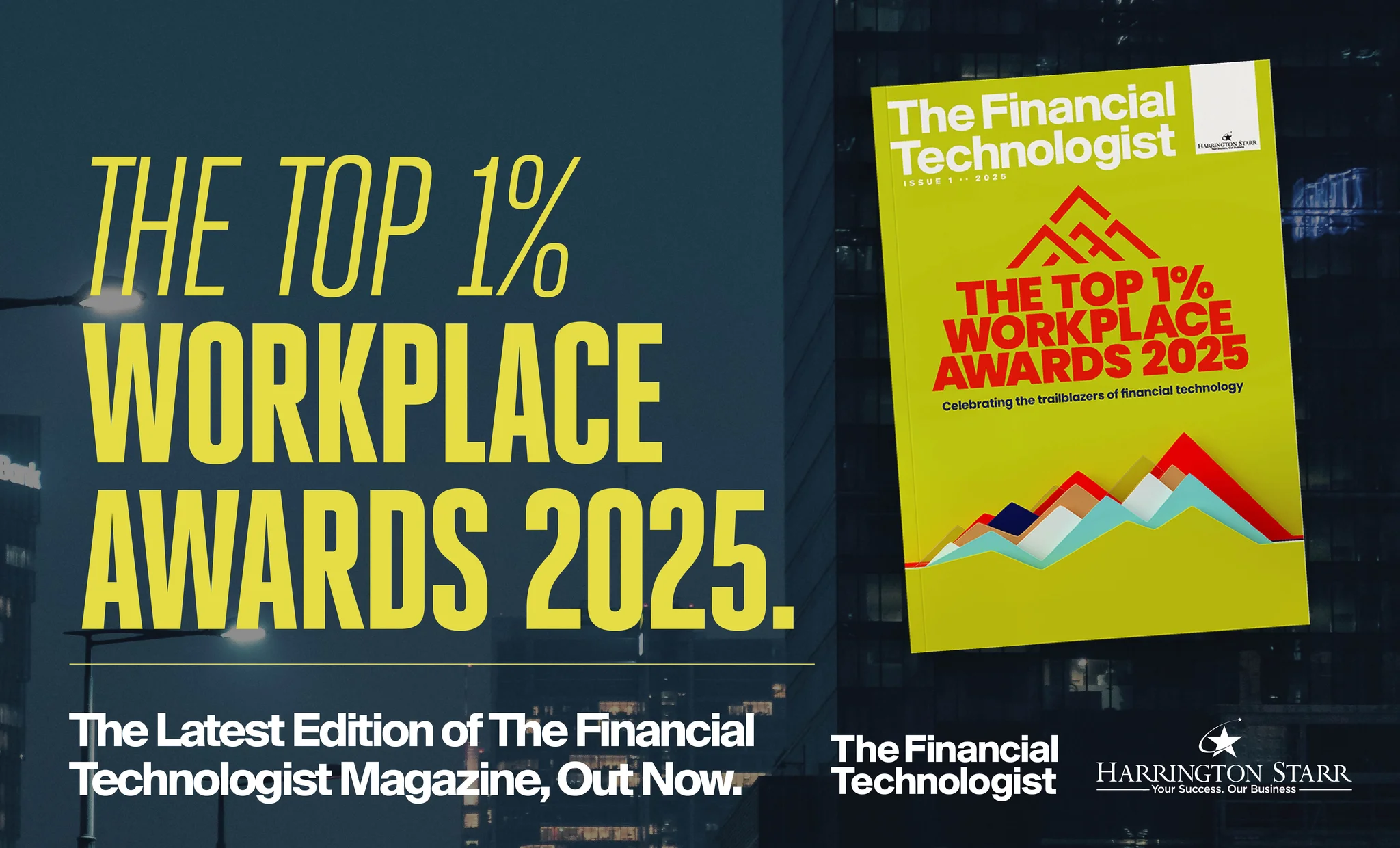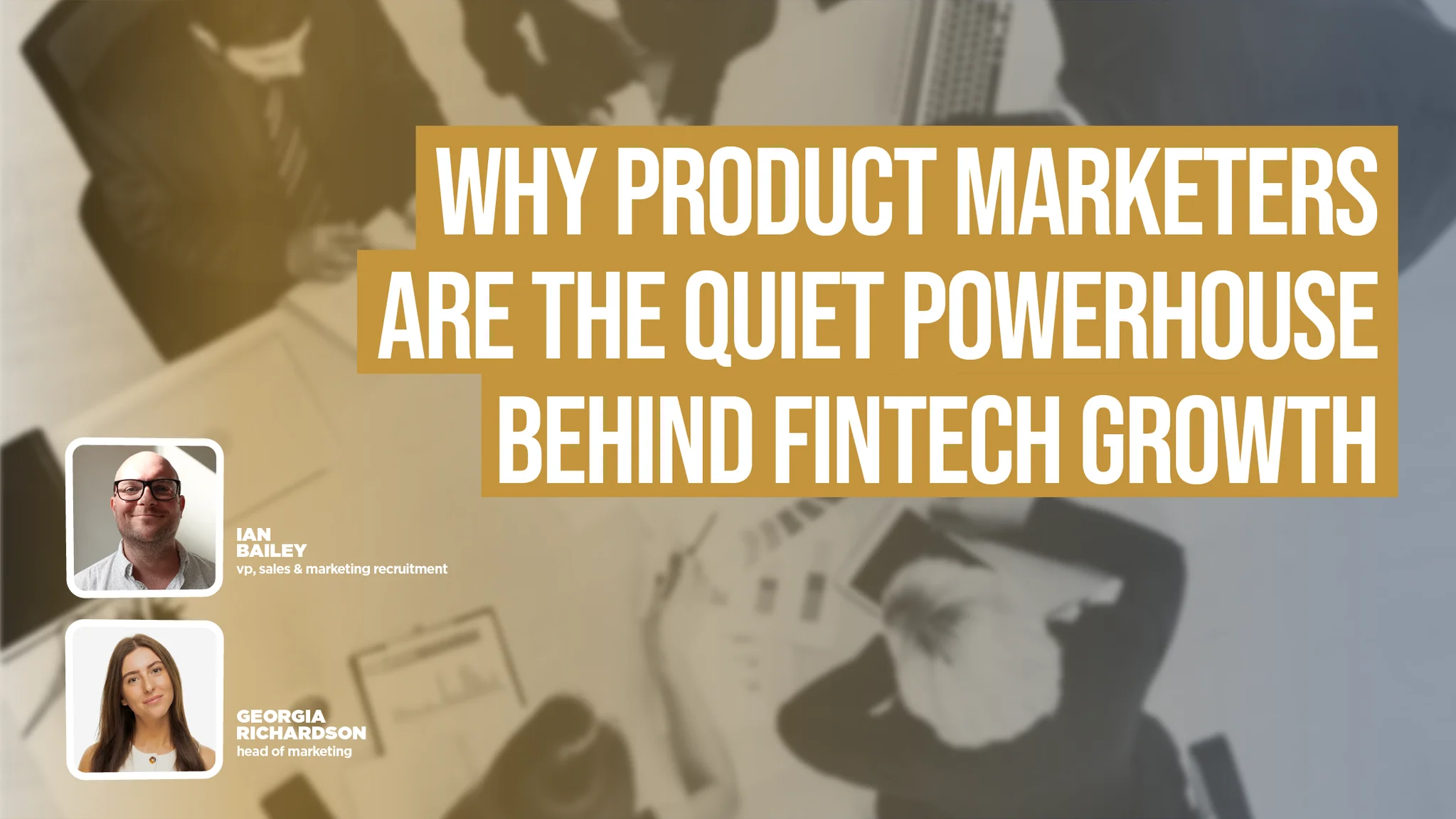Download your free copy of the latest Financial Technologist magazine here.
Open banking is transforming financial technology and gaining momentum worldwide. In the UK alone, 10 million consumers and businesses now use it regularly, with global transactions reaching $57 billion in 2023, according to Statista. One payment solution that leverages open banking is Pay by Bank—a secure, cost-effective, and convenient account-to-account payment method. This solution is set to soar, with transactions expected to rise 209% by 2029 (Juniper Research, 2024).
While mainstream adoption of Pay by Bank still has its hurdles, 2025 brings plenty of reasons for optimism.
Consumer Awareness is Already High
Our Instant Economy Payment Insights report (2024) highlights the rising awareness of Pay by Bank, with 73% of European consumers citing familiarity with the payment method. In key markets, that number is greater than 90%—including Spain, where Bizum is a widely used peer-to-peer (P2P) payment method, and the Netherlands, where iDEAL is the well-established local champion.
But the data reveals a strong appetite for innovation. In Germany, 40% are open to trying a new online payment method, climbing to 50% in Spain. Among 18-29 year-olds, enthusiasm is even higher, with 51% in Germany and 57% in Spain eager to explore new ways to pay.
Younger Consumers are Leading the Pay by Bank Shift
According to our survey data, Pay by Bank usage is highest among 18-29 year-olds, with 36% using Pay by Bank at least weekly. What’s noteworthy is that these younger consumers have growing spending power, and in sectors like online retail, where that discretionary spending is being put to use, the margins are often razor-thin. In the highly competitive world of e-commerce, the operational efficiencies and cost-savings of Pay by Bank can be the difference between being in the red or the black.
Online retail offers huge potential, but adoption will take time. In financial services, traction is more evident as young adults begin using trading accounts, insurance, and investment platforms. Younger generations consistently adopt new tech early, driving demand for Pay by Bank across financial services tools Gen Z will increasingly rely on.
Small Screens Rule
Mobile has overtaken desktop as the primary channel for shopping online, though the gap is not nearly as pronounced in Europe as it is across regions such as Africa and Asia. It’s a mobile-first world and Pay by Bank is particularly well-suited to the form factor. Payments using only top-of-mind information, and authentication based on the user’s banking app and its automatic redirects reduce friction in the checkout process.
But it’s not only online shopping that has moved to the small screen. We use our phones for an ever-expanding number of tasks and access to services; electric vehicle charging, charity donations, trading, ticketing and travel, parking apps and more. This is where some of the most interesting use cases for Pay by Bank are emerging, and I believe we’ll see a particularly strong fit in some emerging sectors.
Instant Payments Regulation, PSD3 and PSR
Open banking can deliver instant payments, making cash flow more predictable and liquidity management easier for businesses. Despite the cost of card processing, getting paid on time remains a major pain point for merchants.
The EU’s instant payments regulation will be enforced in 2025, which means that instant payments are top-of-mind for payment service providers. The increased awareness around instant payments will help drive the uptake of Pay by Bank solutions.
In the year ahead, the industry will also prepare for changes that will come with PSD3 and the PSR. We hope that the revised Payments Services Directive will mean a more harmonised approach to open banking. API performance is critical to a functioning open banking ecosystem.
PSPs and the Flywheel Effect
There’s a bit of a catch-22 when it comes to merchant acceptance, even with the compelling benefits of Pay by Bank. Many merchants rely on Payment Service Providers (PSPs) to aggregate their payment processing across markets. PSPs however are hesitant to commit to the technical integration of new payment methods without knowing they will be used by merchants, and merchants can’t offer consumers a new payment method until it’s offered by their PSP. Therefore, PSPs and shop systems have a key role to play, especially for small- and medium-sized businesses. In time, I believe being able to support Pay by Bank will be a differentiator for PSPs.
New Use Cases are on the Rise
These are just a few of the reasons for optimism in 2025. What excites me most is that new use cases for our instant payments and payouts are constantly emerging. It will take time to grow both merchant acceptance and consumer usage, but the market is starting to mature, and a thriving financial technology ecosystem will help Pay by Bank reach its potential in the years ahead.
By Lena Hackelöer, Founder & CEO, Brite Payments
Download your free copy of the latest Financial Technologist magazine here.







